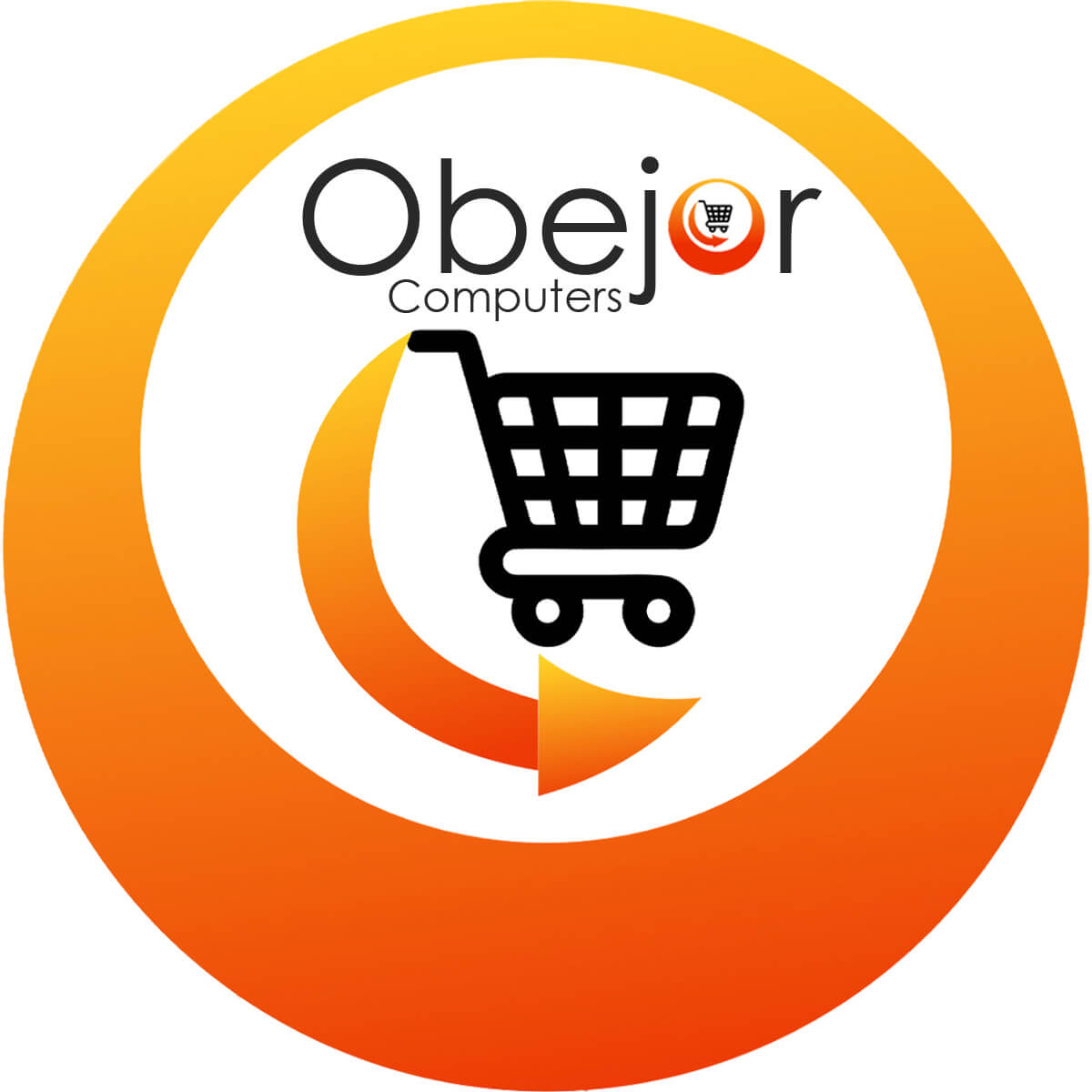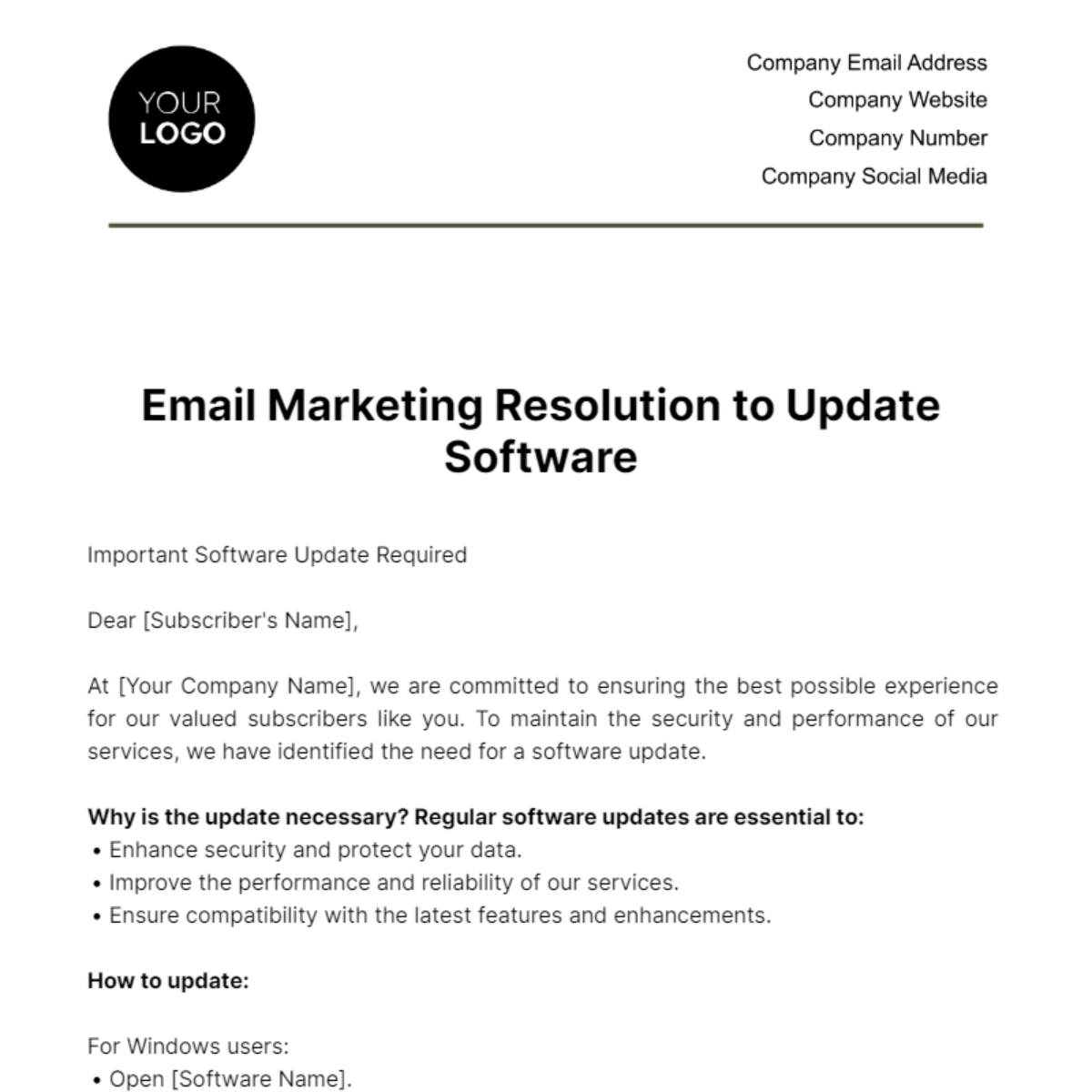In the rapidly evolving world of technology, RemoteIoT software update plays a pivotal role in transforming how devices interact and function in a connected ecosystem. The ability to remotely manage and update IoT devices is no longer a luxury but a necessity for businesses and individuals alike. This advancement ensures that systems remain secure, efficient, and up-to-date without the need for physical intervention.
As industries increasingly adopt IoT solutions, the importance of seamless updates cannot be overstated. RemoteIoT software update allows organizations to enhance performance, fix vulnerabilities, and introduce new features without disrupting operations. This capability not only improves user experience but also reduces maintenance costs significantly.
This article delves into the intricacies of RemoteIoT software updates, exploring its benefits, challenges, implementation strategies, and future prospects. Whether you're a tech enthusiast, a business decision-maker, or someone curious about IoT technology, this comprehensive guide will provide valuable insights into the world of remote IoT management.
Read also:Trevor Donovan The Journey Of A Rising Hollywood Star
Table of Contents
- Introduction to RemoteIoT Software Update
- Benefits of RemoteIoT Software Update
- Challenges in Implementing RemoteIoT Software Update
- Strategies for Implementing RemoteIoT Software Update
- Security Considerations in RemoteIoT Software Update
- Scalability and Flexibility
- Use Cases of RemoteIoT Software Update
- Future Trends in RemoteIoT Software Update
- Comparison with Traditional Update Methods
- Conclusion and Call to Action
Introduction to RemoteIoT Software Update
RemoteIoT software update refers to the process of updating software on Internet of Things (IoT) devices without requiring physical access. This method leverages wireless communication protocols to deliver patches, improvements, and new functionalities to devices deployed in various environments. The significance of this technology lies in its ability to streamline operations, reduce downtime, and enhance overall system reliability.
With the proliferation of IoT devices across industries such as healthcare, manufacturing, and smart cities, the demand for efficient remote management solutions has surged. RemoteIoT software updates ensure that these devices remain secure and functional, addressing potential vulnerabilities and performance issues promptly.
Key aspects of RemoteIoT software updates include automated deployment, real-time monitoring, and seamless integration with existing systems. These features make it an indispensable tool for organizations looking to optimize their IoT infrastructure.
Benefits of RemoteIoT Software Update
Enhanced Security
One of the primary advantages of RemoteIoT software updates is the ability to address security vulnerabilities promptly. By deploying patches remotely, organizations can protect their devices from cyber threats without the need for manual intervention. This proactive approach minimizes the risk of data breaches and unauthorized access.
Improved Efficiency
Remote updates eliminate the need for technicians to visit each device physically, saving time and resources. This efficiency is particularly beneficial for large-scale deployments where managing devices manually would be impractical. Additionally, automated updates ensure that all devices remain synchronized, reducing inconsistencies and errors.
Cost Savings
Implementing RemoteIoT software updates can lead to significant cost savings. By reducing the need for on-site visits and minimizing downtime, organizations can allocate resources more effectively. Furthermore, the ability to deploy updates en masse reduces the operational overhead associated with traditional update methods.
Read also:Why Was Dana Bash Fired Uncovering The Truth Behind The Cnn Anchors Departure
Challenges in Implementing RemoteIoT Software Update
While RemoteIoT software updates offer numerous benefits, they also present certain challenges that need to be addressed. These challenges include:
- Network Connectivity: Ensuring reliable network connectivity is crucial for successful remote updates. Poor connectivity can result in failed updates or partial installations, compromising device functionality.
- Data Integrity: Maintaining the integrity of data during the update process is essential to prevent corruption or loss of critical information. Robust verification mechanisms must be in place to ensure data accuracy.
- Device Compatibility: Not all devices may support remote updates due to hardware or software limitations. Identifying and addressing compatibility issues is vital for a successful implementation.
Strategies for Implementing RemoteIoT Software Update
Staged Rollout
A staged rollout involves deploying updates to a small subset of devices initially before expanding to the entire fleet. This approach allows organizations to test updates in a controlled environment, identifying and resolving issues before a full-scale deployment.
Automated Scheduling
Automating the scheduling of updates ensures that devices receive the latest software versions without manual intervention. This strategy helps maintain consistency across the network while minimizing disruption to users.
Real-Time Monitoring
Implementing real-time monitoring tools allows organizations to track the progress and success of updates as they are deployed. This capability enables quick identification and resolution of any issues that may arise during the update process.
Security Considerations in RemoteIoT Software Update
Security is a critical aspect of RemoteIoT software updates. To ensure the safety and integrity of the update process, organizations must adhere to best practices such as:
- Encryption: Encrypting update packages to prevent unauthorized access and tampering.
- Authentication: Verifying the identity of devices and servers to ensure that updates are coming from trusted sources.
- Audit Trails: Maintaining detailed logs of update activities to facilitate troubleshooting and compliance reporting.
Scalability and Flexibility
RemoteIoT software updates offer unparalleled scalability and flexibility, making them suitable for deployments of all sizes. Whether managing a few devices or thousands, the ability to scale operations seamlessly is a key advantage. Moreover, the flexibility to customize update schedules and configurations ensures that organizations can tailor solutions to meet their specific needs.
Use Cases of RemoteIoT Software Update
Smart Homes
In the realm of smart homes, RemoteIoT software updates enable homeowners to keep their devices up-to-date with the latest features and security patches. This ensures a seamless and secure user experience, enhancing the overall functionality of smart home ecosystems.
Industrial Automation
Industrial automation relies heavily on IoT devices for monitoring and controlling processes. Remote updates allow manufacturers to optimize operations, reduce downtime, and improve product quality by ensuring that all devices are running the latest software versions.
Healthcare
In healthcare, RemoteIoT software updates play a vital role in maintaining the reliability and accuracy of medical devices. By ensuring that devices remain up-to-date, healthcare providers can deliver better patient care while minimizing the risk of device failures.
Future Trends in RemoteIoT Software Update
The future of RemoteIoT software updates looks promising, with advancements in artificial intelligence (AI) and machine learning (ML) expected to enhance the update process further. Predictive analytics will enable organizations to anticipate and address potential issues before they occur, while AI-driven automation will streamline update deployments.
Additionally, the integration of blockchain technology could provide enhanced security and transparency in the update process. By leveraging these emerging technologies, organizations can achieve even greater efficiency and reliability in their IoT ecosystems.
Comparison with Traditional Update Methods
Compared to traditional update methods, RemoteIoT software updates offer several advantages:
- Speed: Remote updates can be deployed much faster than manual updates, reducing downtime and improving overall efficiency.
- Cost-Effectiveness: By eliminating the need for on-site visits, remote updates significantly reduce operational costs.
- Scalability: Remote updates can be easily scaled to accommodate large-scale deployments, whereas traditional methods may struggle with such requirements.
Conclusion and Call to Action
In conclusion, RemoteIoT software updates represent a transformative advancement in the realm of IoT technology. By enabling organizations to manage and maintain their devices remotely, this solution offers numerous benefits, including enhanced security, improved efficiency, and significant cost savings.
To fully leverage the potential of RemoteIoT software updates, it is essential to address the associated challenges and adopt best practices for implementation. By doing so, organizations can ensure the success and sustainability of their IoT initiatives.
We invite you to share your thoughts and experiences with RemoteIoT software updates in the comments section below. Additionally, feel free to explore other articles on our site for more insights into the world of IoT technology. Together, let's shape the future of connected ecosystems!

